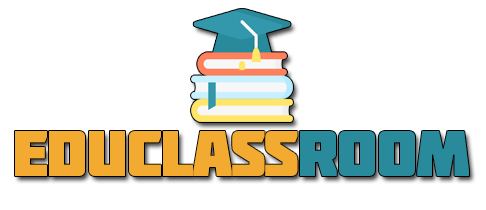
Guidelines for Putting Together a Successful Freelance Business Strategy Portfolio

As a freelancer, having a strong portfolio is crucial for demonstrating your knowledge and drawing in clients with the necessary skills. In this email, we'll provide you some invaluable advice on how to create a contract portfolio that not only stands out visually but also effectively markets your skills, increasing your chances of landing more business.
Establish Your Niche and Target Market
Find your expertise and target market before building your portfolio. Focusing on a specific informational area will make it simpler for potential clients to find you. The impact will be greater if your portfolio is customized to satisfy the preferences and needs of your audience.
Embrace User-Friendly Navigation and Simplicity
A portfolio that is uncluttered and easy to peruse will make a lasting impression. Be careful not to overwhelm them with excessive statistics or pictures. Instead, get praise for presenting your top-notch work in a tidy and organized manner.
Present your best work prominently
Make sure your portfolio features your most outstanding projects. The first impression potential clients will have of your work will be formed by these elements, so make sure they are easily accessible and appealing to the eye.
Show Off Your Creativity Process
Don't be afraid to show off your creative approach. Include rough drafts, brainstorming sessions, and sketches to give potential clients a sense of your problem-solving skills and the price you charge for jobs.
Describe the project's history and context
When presenting your artwork, include background information and details about each mission. Describe the needs of the client, your approach, and the outcomes achieved. This open method shows your professionalism and attention to detail.
Use High-Definition Visuals
Your work must be clearly represented in your portfolio. To showcase your efforts, use high-quality screenshots or professional photos. Keeping the typography and color scheme consistent helps give your writing a polished appearance.
Adapt to Mobile Devices
Make sure your portfolio is mobile-friendly because more and more people are using their smartphones to access the internet. Test your website on high-end devices to ensure smooth navigation and viewing on smaller screens.
Consider Including Client Testimonials
Utilize the persuasiveness of customer testimonials to create consensus with convincing ones. For greater authenticity, ask for real testimonials and include the customer's name and business.
Maintain Consistent Portfolio Updating: Your portfolio is a living tool, not a one-time project. Update it frequently with your cutting-edge artwork and expertise. Check to make sure all of the links are active and that no photos are broken.
Incorporate a Strong Call to Action
Utilize tools in your portfolio, such as a clear call to action, to motivate your potential clients to take action. Make it easy for them to contact you by adding a form or a link to your contact page that allows them to request a quote.
An essential tool for demonstrating your expertise and drawing clients is your freelance portfolio. By implementing those recommendations, you might produce a lovely and valuable portfolio that distinguishes you from other professionals in your industry. Remember to define your niche, keep it straightforward and user-friendly, feature your excellent work prominently, highlight your creative process, provide context and information, use great visuals, make sure it's mobile-friendly, include testimonials, update frequently, and include a strong call to action. You may effectively market your services and grow your freelance business by putting these strategies into practice.
FAQs:
- Do I require a website to display my portfolio? While having a personal website is helpful, you can also properly display your work on platforms like Behance or Dribbble.
- Should my portfolio include all of my prior work? No, it is superior to value quality above quantity. Include only the best and most pertinent pieces of your work.
- Can my portfolio contain tasks I've done on my own time? Certainly! Personal projects are a great way to show off your abilities and originality while expanding your portfolio.
- How often should I replace my portfolio? Updates must be made often. Aim to update your portfolio every few months or following the conclusion of significant efforts.
- What should my call to action contain? Your call to action must encourage potential customers to get in touch with you, and it must include a straightforward method of doing so, as well as a link to your contact page or a form for requesting a quote.
Deja una respuesta






Otros artículos que podrían interesarte: